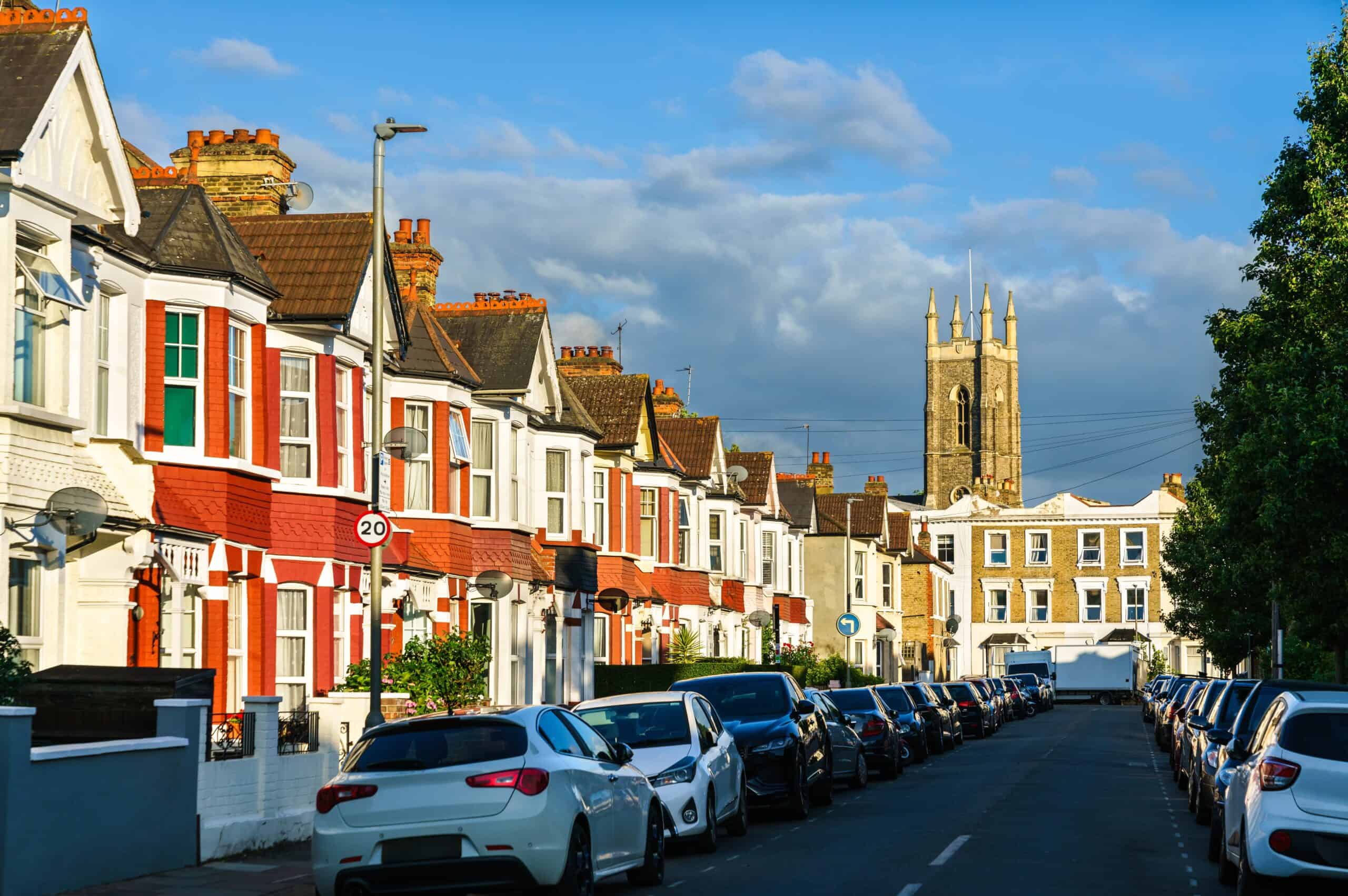In the hidden corners of the world, where nature still reigns untouched, some of the most breathtaking wildflowers quietly thrive. These stunning blooms, often found in remote or unexplored territories, captivate with their unique beauty and remarkable resilience. From vibrant colors that light up desolate landscapes to rare species that have adapted to the most challenging environments, these wildflowers are not just a testament to the wonders of nature but also to the delicate balance of ecosystems that support them. This list highlights 14 of the most extraordinary wildflowers growing in these untouched places, each with its own story to tell.
Ghost Orchid (Epigogium aphyllum)
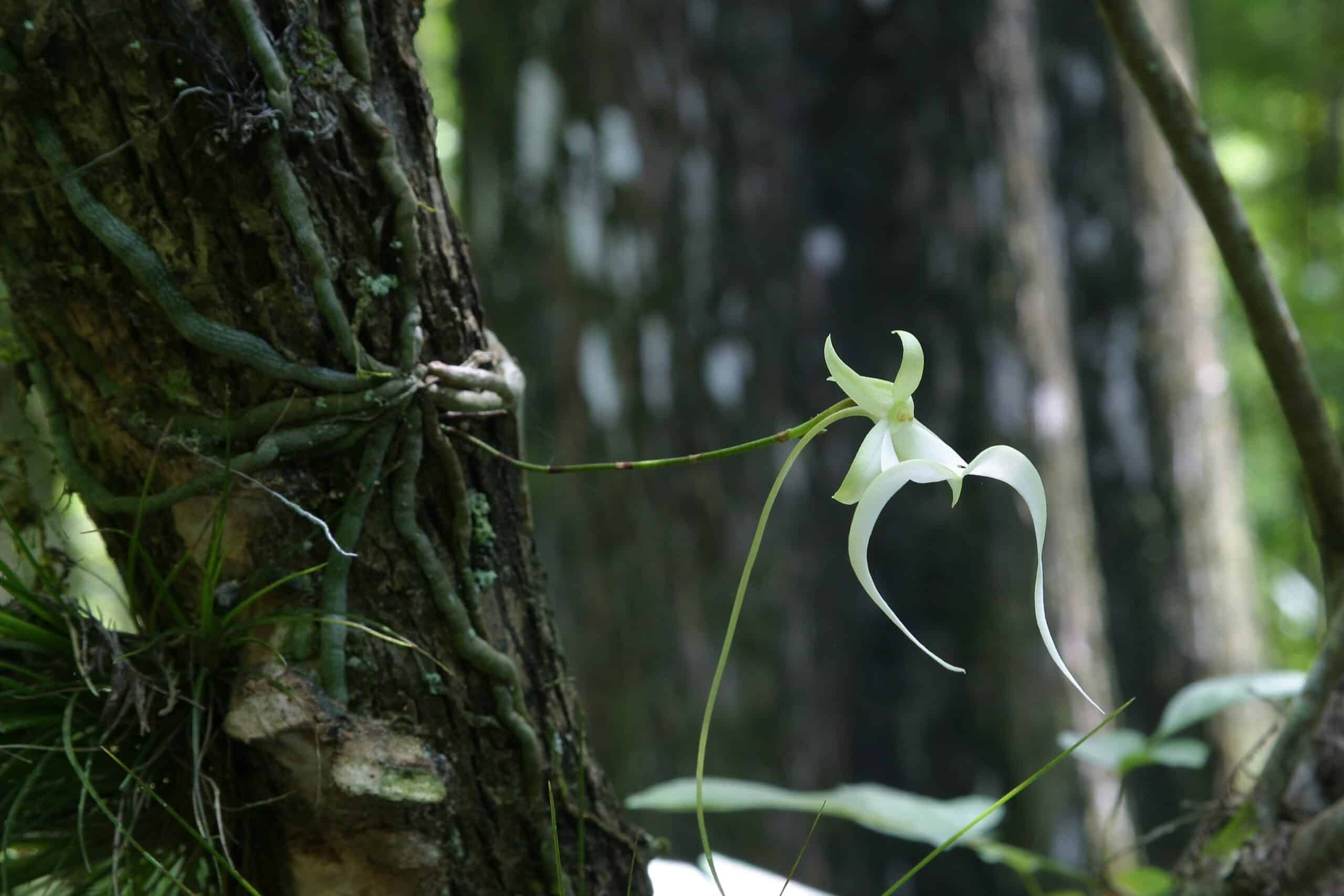
The Ghost Orchid is one of the most enigmatic and rarest wildflowers found in the UK, with its elusive nature making it nearly impossible to spot. Unlike most plants, it lacks chlorophyll and does not photosynthesize, instead relying entirely on a symbiotic relationship with fungi in the soil to survive. This ghostly white orchid only emerges from the forest floor to flower and seed, sometimes waiting decades between blooms. Its small, delicate flowers appear almost ethereal against the dark, shaded woodlands where it resides. Declared extinct in the UK in 2005, it was rediscovered at a single site in 2009, sparking hope that undiscovered populations may still exist. The Ghost Orchid’s spectral appearance and mysterious life cycle make it a truly stunning and otherworldly wildflower.
Bluebonnet (Lupinus texensis)
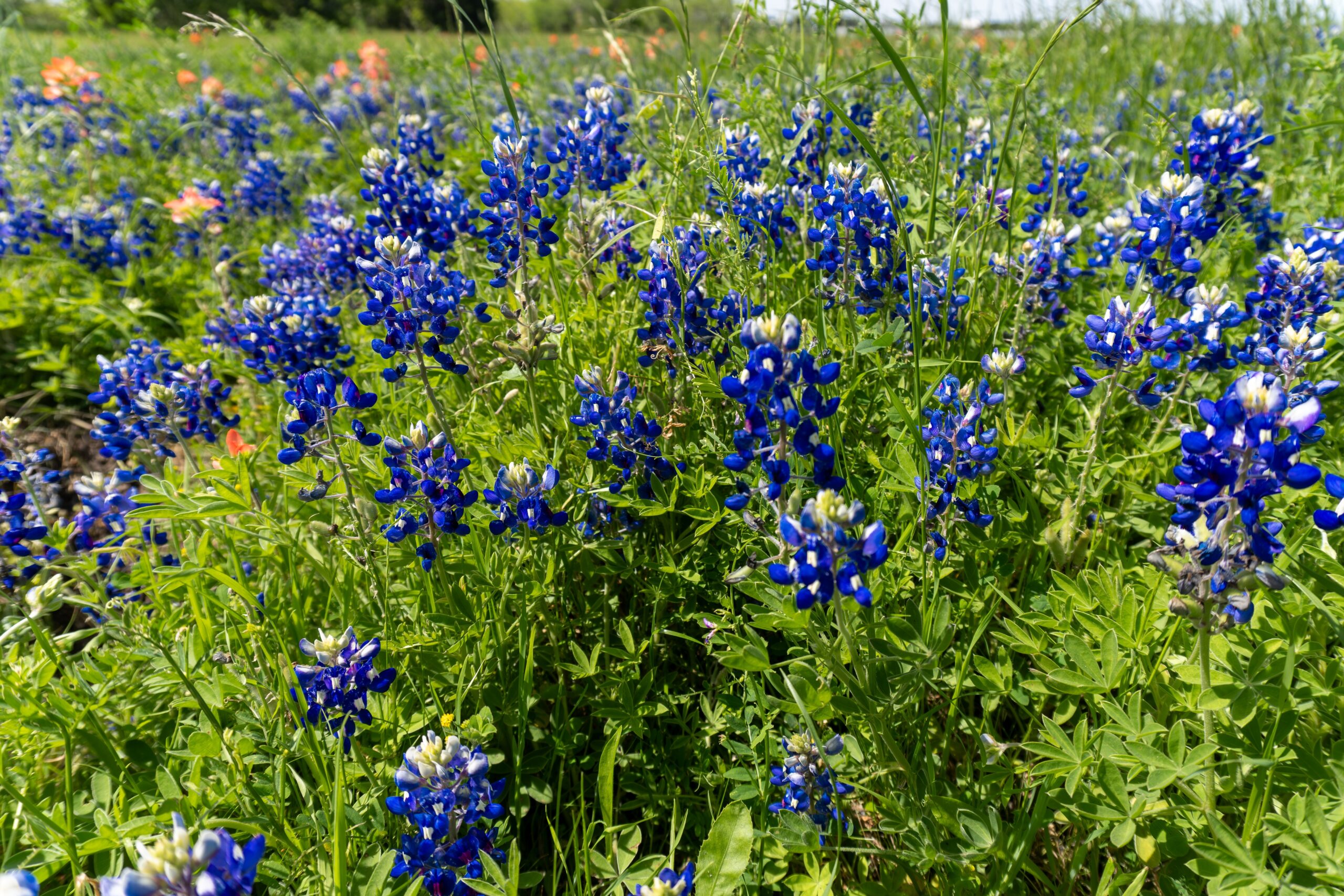
The Bluebonnet, a beloved symbol of Texas, transforms the landscape into a sea of blue each spring. This striking wildflower is known for its vibrant blue petals, which blanket the rolling hills and fields of the Texas Hill Country. The Bluebonnet’s beauty is matched by its resilience; it thrives in the rocky, limestone-rich soils of central Texas, where other plants struggle to survive. The tall, spiky flower clusters, reaching up to 24 inches, create a stunning contrast against the green grass and clear skies. Beyond its visual appeal, the Bluebonnet plays a crucial ecological role, supporting local pollinators like bees and butterflies. Its ability to cover vast expanses of land with vivid color, coupled with its cultural significance, makes the Bluebonnet one of the most stunning wildflowers in unexplored territories.
Himalayan Blue Poppy (Meconopsis betonicifolia)
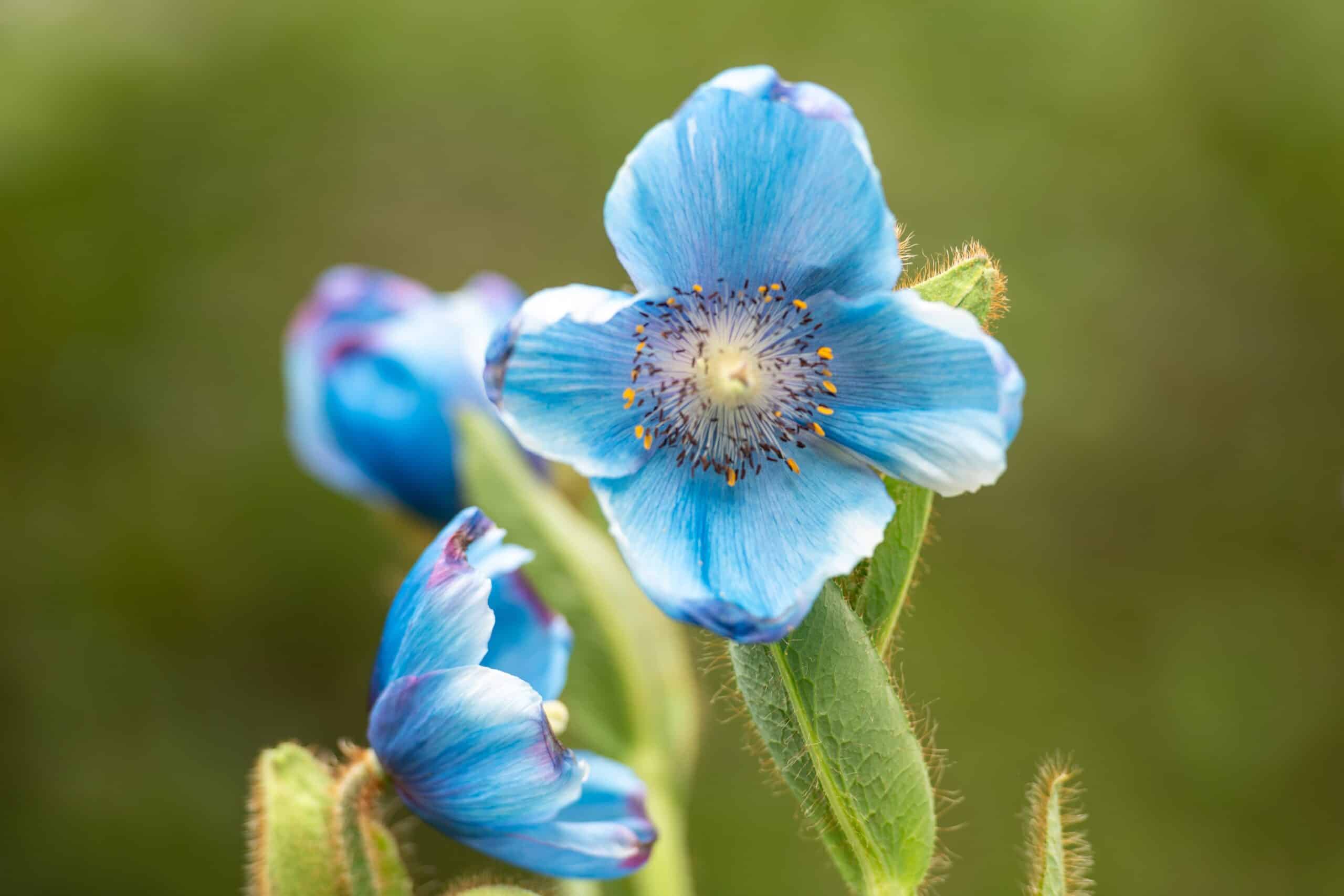
The Himalayan Blue Poppy is a botanical marvel, celebrated for its breathtakingly vivid blue petals that appear almost luminous against the backdrop of the rugged Himalayas. Found in the high-altitude regions of Nepal, Bhutan, and Tibet, this rare wildflower flourishes in the cool, moist conditions of its native alpine meadows. The large, bowl-shaped flowers can reach up to 4 inches in diameter, with a central cluster of golden stamens that add a striking contrast to the sky-blue petals. This poppy is not just stunning for its color but also for its rarity; it is notoriously difficult to cultivate outside its natural habitat, making it a prized find for botanists and flower enthusiasts alike. The Himalayan Blue Poppy’s otherworldly beauty and its ability to thrive in such a challenging environment make it one of the most stunning wildflowers growing in unexplored territories.
Queen of the Andes (Puya raimondii)
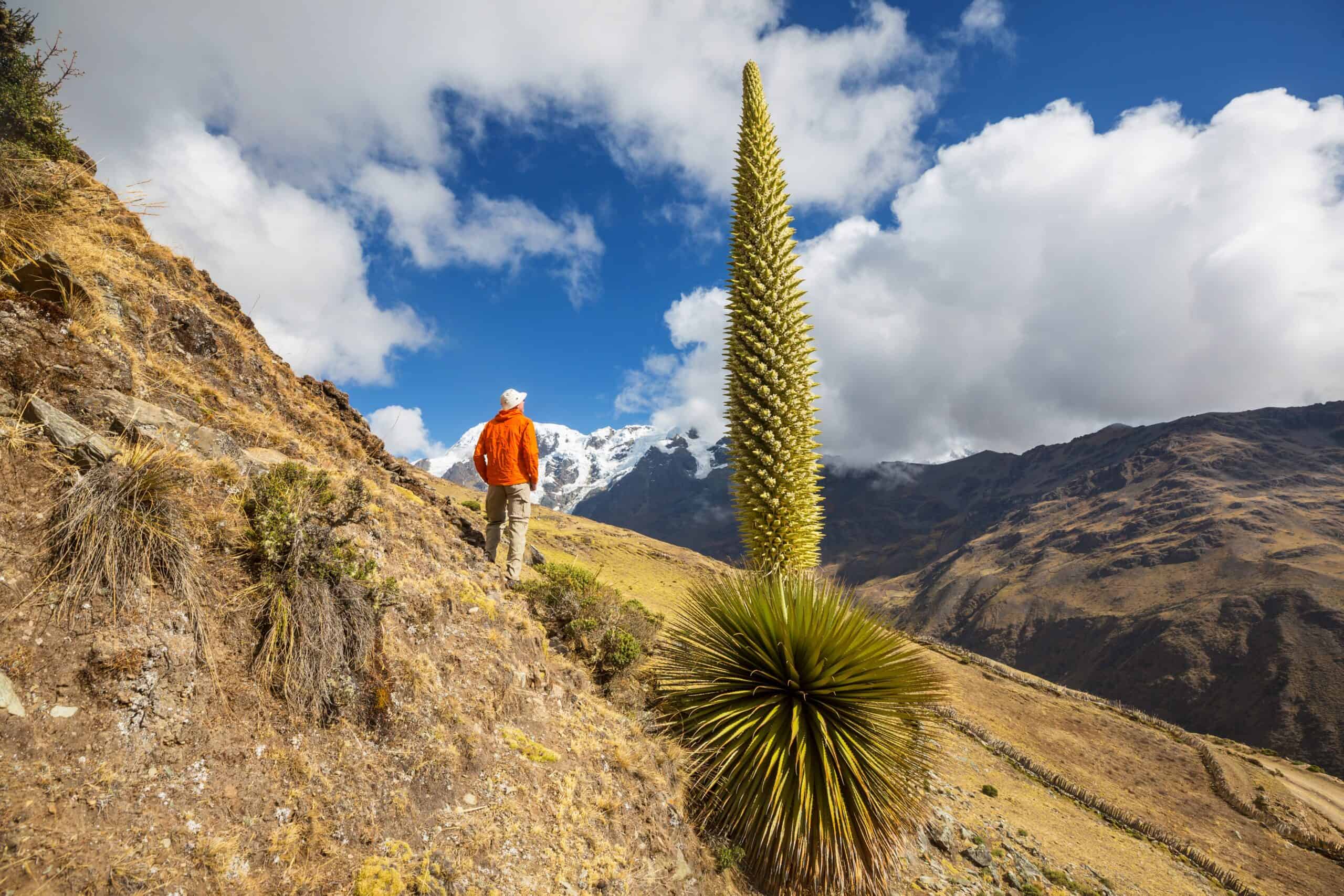
The Queen of the Andes is a colossal and awe-inspiring wildflower, known for being the tallest flowering plant in the world. Native to the high-altitude regions of the Andes in Peru and Bolivia, this remarkable plant can grow up to 50 feet tall, with a flower spike that can reach over 30 feet in height. The plant’s dramatic size is matched by its rarity; it takes up to 100 years to bloom, making each flowering event a momentous occasion. The flower spike is adorned with thousands of tiny white flowers, each producing copious amounts of nectar, which attract a variety of pollinators, including hummingbirds. After flowering, the plant dies, leaving behind its seeds to continue the cycle. The Queen of the Andes is not only stunning due to its sheer size but also because of its unique life cycle and the dramatic landscapes in which it is found, making it a true botanical wonder.
Yellow Lady’s Slipper Orchid (Cypripedium calceolus)

The Yellow Lady’s Slipper Orchid is a captivating wildflower, known for its unique, slipper-shaped bloom that has captivated plant lovers for centuries. This orchid, native to temperate regions across Europe and North America, prefers the dappled light of deciduous woodlands, where it thrives in the undisturbed, nutrient-rich soils. The flower itself is a striking combination of bright yellow, bulbous petals with maroon or purple streaks, resembling a delicate slipper. Its stunning appearance is matched by its ecological significance; it relies on a symbiotic relationship with specific fungi to germinate, making it highly sensitive to environmental changes. The Yellow Lady’s Slipper Orchid is not just beautiful but also rare, with its populations dwindling due to habitat loss and illegal collection. Its graceful form and the challenges it faces in the wild make it one of the most stunning and cherished wildflowers in unexplored territories.
Rothschild’s Orchid (Paphiopedilum rothschildianum)

Rothschild’s Orchid, often referred to as the “Gold of Kinabalu,” is a symbol of luxury and rarity in the botanical world. Endemic to the rainforests of Mount Kinabalu in Borneo, this exquisite orchid is known for its elegant, striped petals and long, curving sepals that give it a regal appearance. The flowers, which can take up to 15 years to bloom, are large and showy, with a unique, horizontal arrangement that distinguishes it from other orchids. The Rothschild’s Orchid is incredibly rare, with its habitat limited to a few select locations on the mountain, and it is highly sought after by collectors, often fetching high prices on the black market. Its stunning beauty, combined with its rarity and the difficulty of its cultivation, makes Rothschild’s Orchid one of the most coveted and stunning wildflowers growing in unexplored territories.
Middlemist Red (Middlemist camellia)
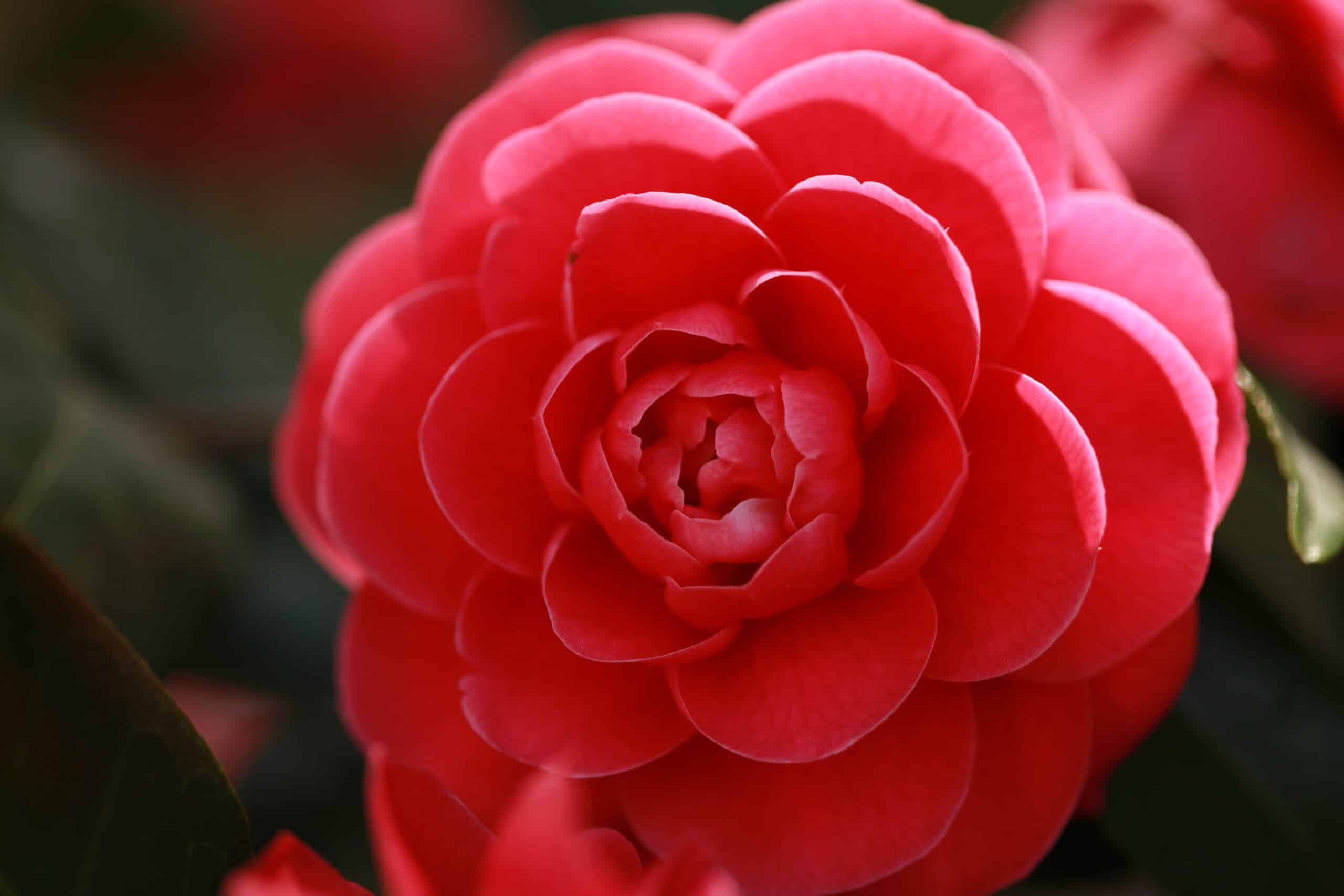
The Middlemist Red, one of the rarest flowers in the world, is a stunning wildflower with a fascinating history. Originally brought to England from China in 1804 by botanist John Middlemist, this camellia species is now known to exist in only two locations: the Chiswick House Gardens in London and a garden in New Zealand. The Middlemist Red’s large, rose-like blooms are a deep, vibrant pink, with layers of delicate petals that create a striking, lush appearance. Its rarity is compounded by the fact that it was nearly wiped out in its native habitat, with no known wild specimens remaining in China. The Middlemist Red’s beauty lies not only in its visual appeal but also in its incredible rarity and the story of its survival, making it a truly stunning wildflower.
Rafflesia arnoldii (Rafflesia arnoldii)
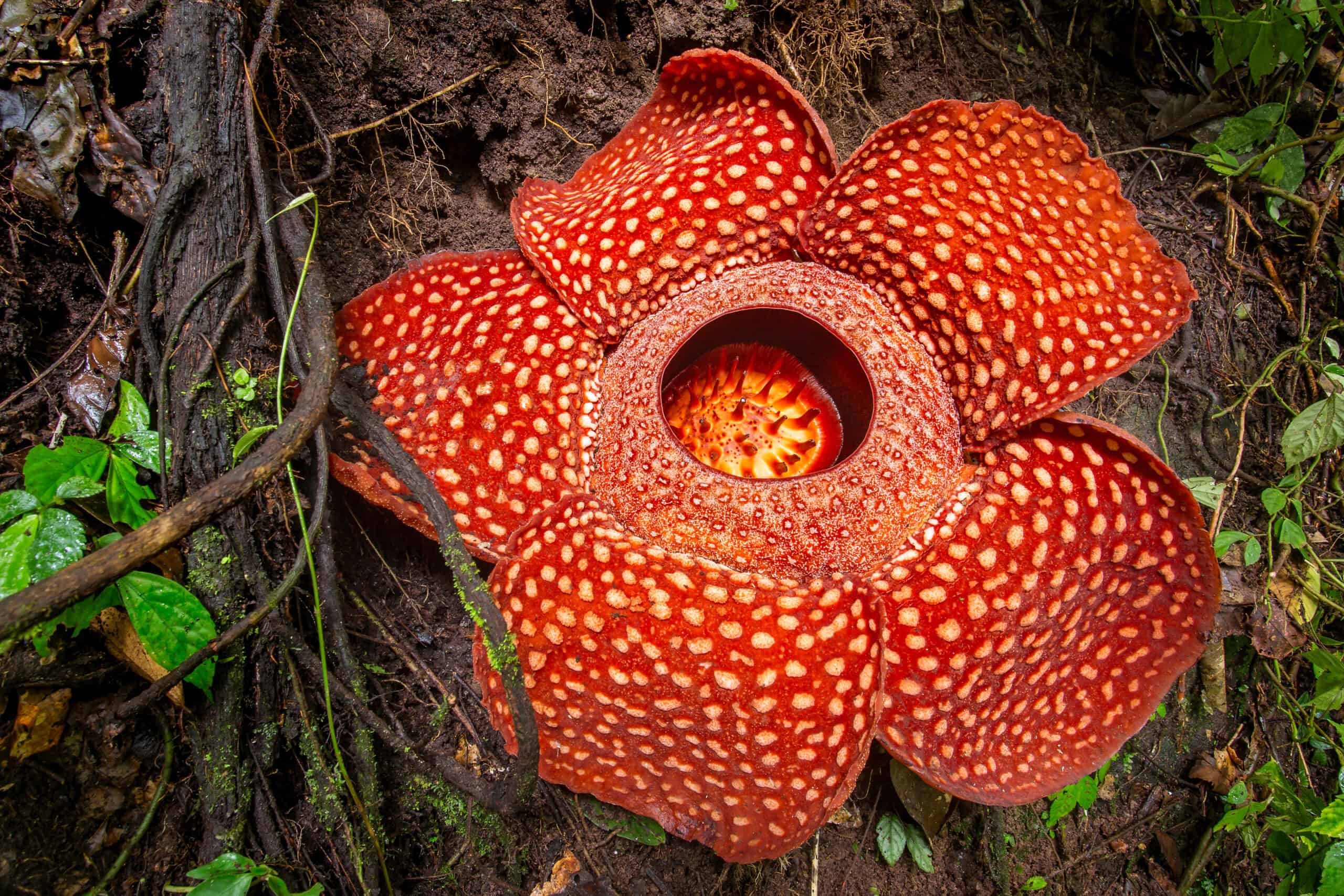
Rafflesia arnoldii, also known as the “Corpse Flower,” is famous for producing the largest individual flower in the world. Found in the rainforests of Sumatra and Borneo, this extraordinary plant is parasitic, with no leaves, stems, or roots of its own. It lives entirely within the tissues of its host vine, only emerging when it’s time to bloom. The flower can reach up to 3 feet in diameter and weigh up to 15 pounds. Its reddish-brown petals are dotted with lighter spots, giving it a somewhat alien appearance. Despite its remarkable size and appearance, the flower emits a strong odor of decaying flesh to attract pollinators such as carrion flies. The Rafflesia arnoldii is not only stunning for its size but also for its bizarre life cycle and the extreme environment it calls home, making it one of the most fascinating wildflowers in unexplored territories.
Jade Vine (Strongylodon macrobotrys)
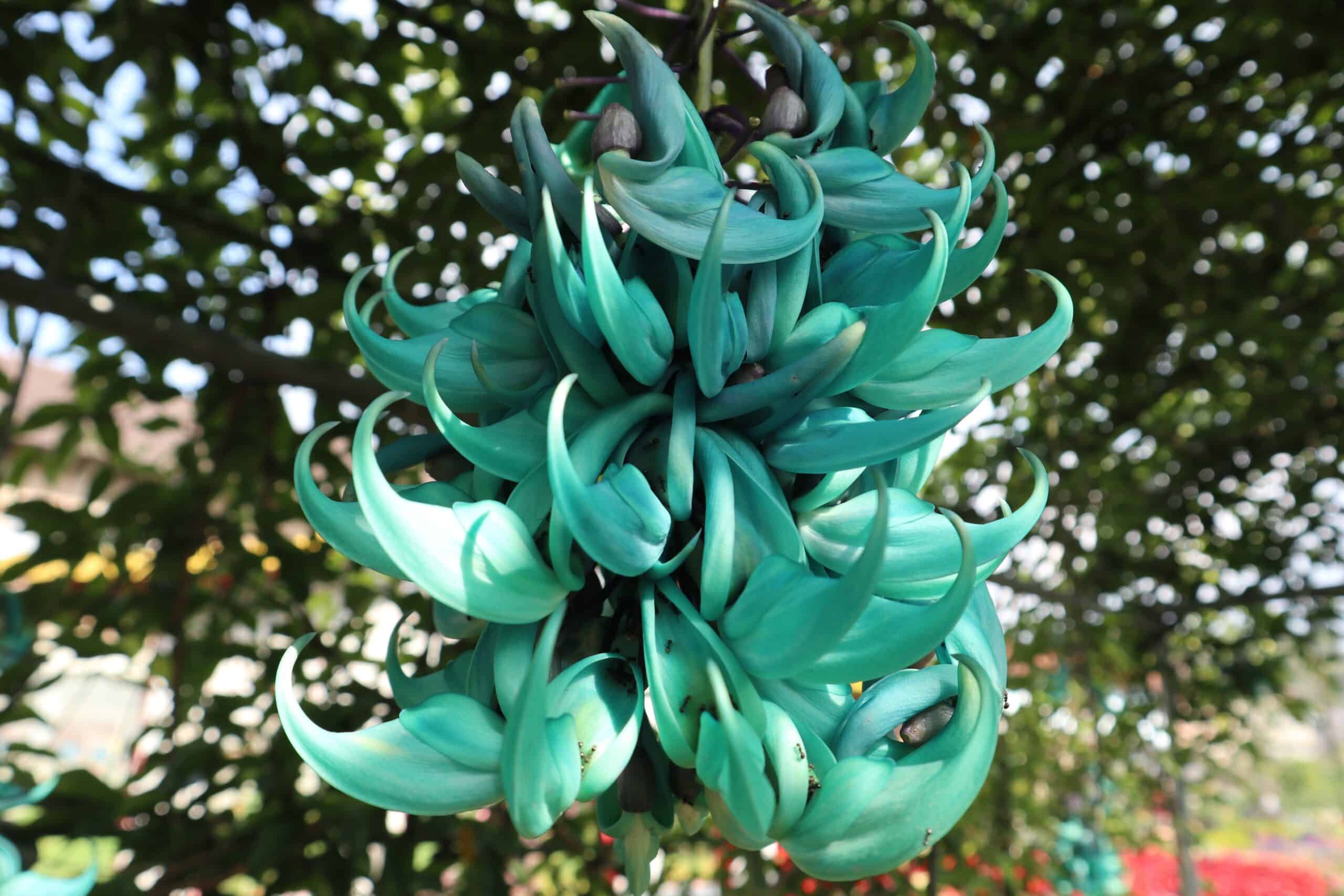
The Jade Vine is a breathtaking wildflower native to the tropical rainforests of the Philippines. Its most striking feature is its cascading clusters of jade-colored, claw-shaped flowers that can grow up to 3 feet long. The unique turquoise hue of the flowers is rarely seen in the plant kingdom, making the Jade Vine a true botanical wonder. This vine is pollinated by bats, which are attracted to its flowers at night. The Jade Vine’s long, pendant-like flower clusters and its rare, vibrant color make it a standout in the dense tropical forests where it thrives. However, habitat destruction has made it increasingly rare in the wild, adding to its allure as one of the most stunning and endangered wildflowers in unexplored territories.
Bird of Paradise (Strelitzia reginae)
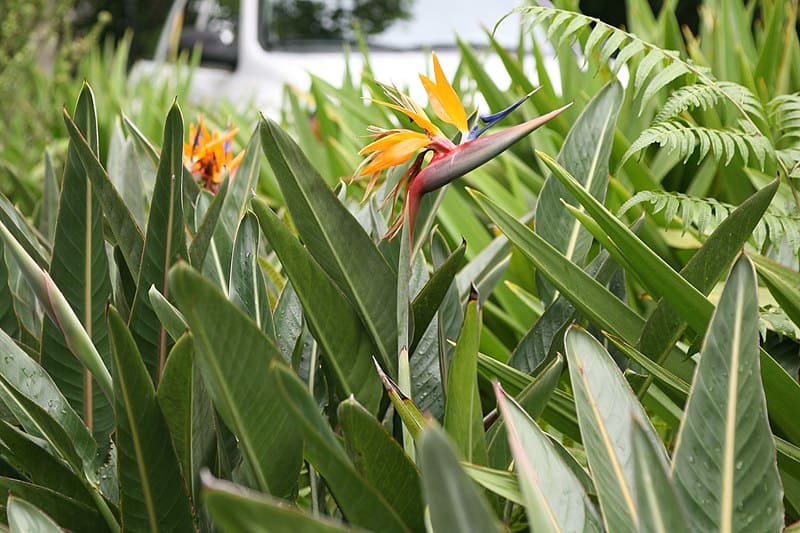
The Bird of Paradise is a tropical wildflower native to South Africa, renowned for its vibrant and unusual flower that resembles the plumage of an exotic bird. The flower consists of bright orange and blue petals that emerge from a green, beak-like spathe, creating a striking visual display. The Bird of Paradise thrives in sunny, well-drained environments, often found in coastal regions and riverbanks. Its flowers are pollinated by sunbirds, which are attracted to the nectar hidden within the flower’s petals. The Bird of Paradise’s dramatic, bird-like appearance and vibrant colors make it a standout wildflower in the landscapes where it grows. Its unique structure and the way it interacts with its pollinators make it one of the most stunning wildflowers in unexplored territories.
Bleeding Heart (Lamprocapnos spectabilis)

The Bleeding Heart is a captivating wildflower native to the woodlands of Asia, known for its distinctive heart-shaped flowers that dangle gracefully from arching stems. The flowers are typically pink with a white inner petal, giving the appearance of a “bleeding” heart. This plant thrives in the cool, shaded environments of forested areas, where it adds a touch of delicate beauty to the understory. The Bleeding Heart blooms in early spring, creating a stunning display that contrasts beautifully with the surrounding greenery. Its unique flower shape and the graceful way it hangs from its stems make the Bleeding Heart one of the most charming and stunning wildflowers in unexplored territories.
Hoya (Hoya carnosa)
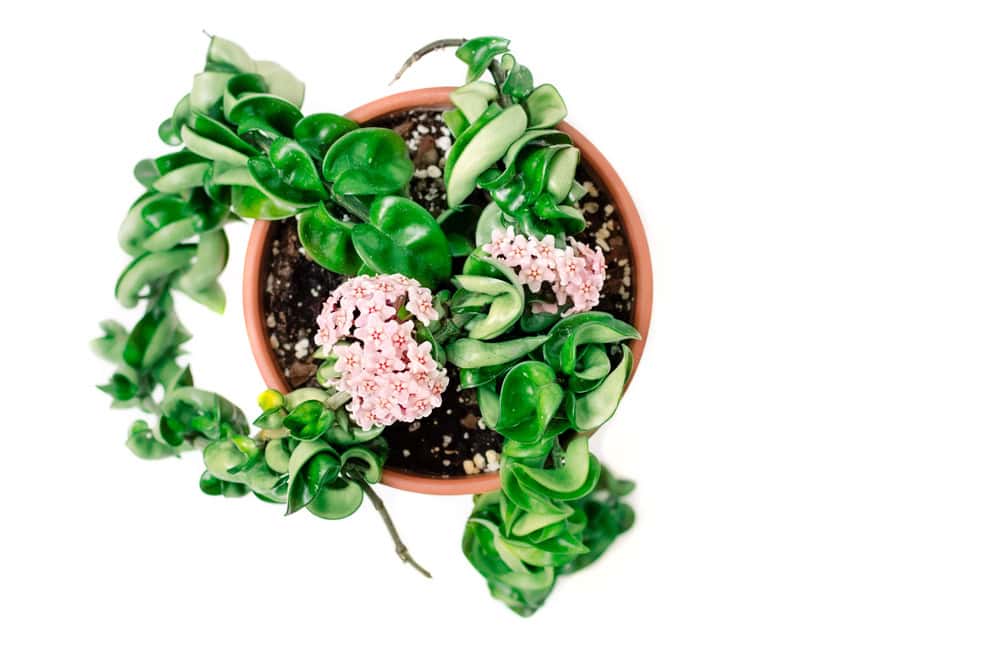
Hoya, commonly known as the Wax Plant, is a stunning wildflower native to the tropical regions of Asia and Australia. This climbing plant is famous for its thick, waxy leaves and clusters of star-shaped, fragrant flowers that appear almost as if they were sculpted from porcelain. The flowers are typically white or pink, with a central crown of darker colors, and they produce a sweet, intoxicating scent, especially at night. Hoya plants are epiphytic, growing on trees and rocks, where they receive ample light and moisture. The combination of their glossy leaves, intricate flowers, and heady fragrance makes Hoya one of the most stunning wildflowers found in unexplored tropical territories.
Madagascar Periwinkle (Catharanthus roseus)
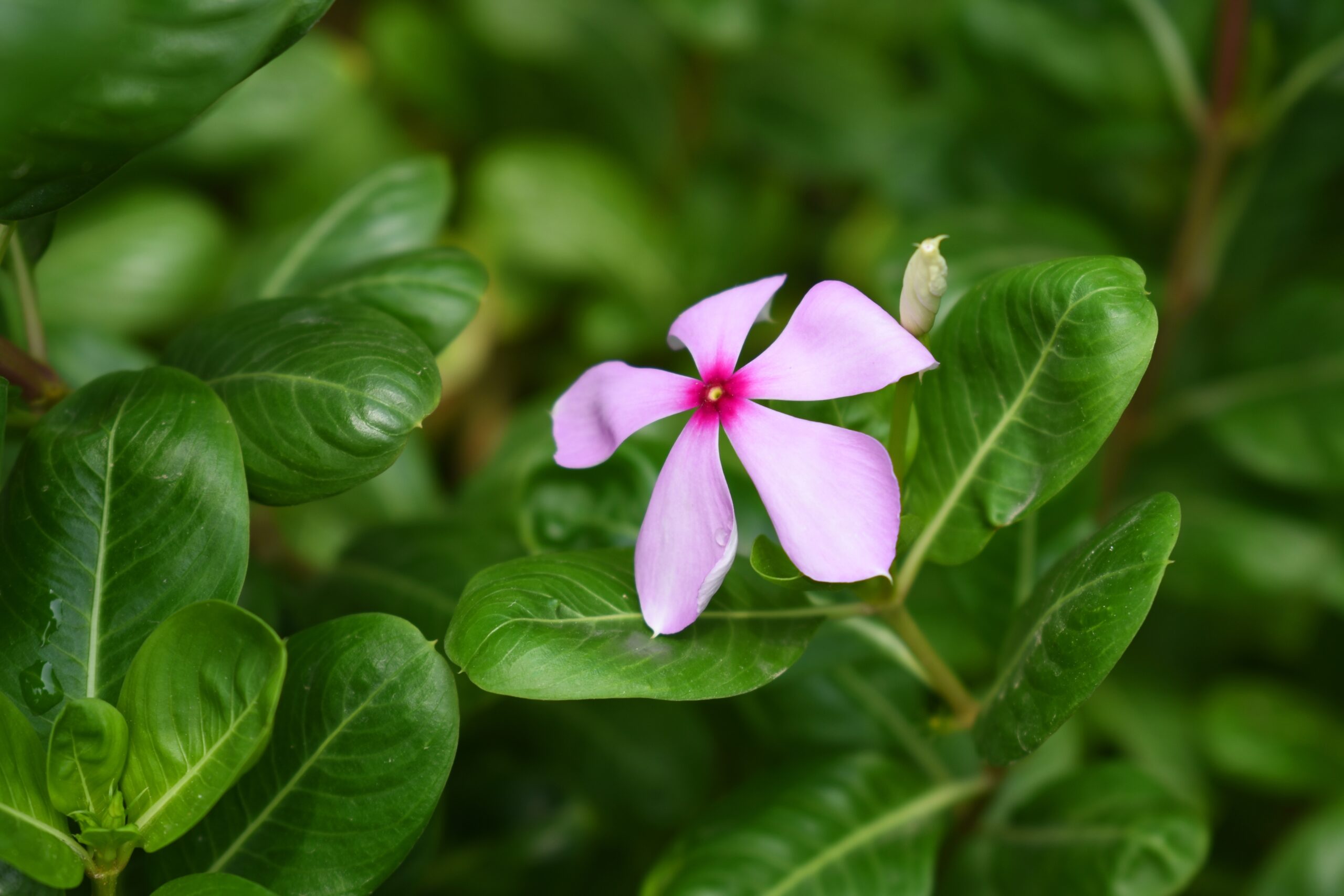
The Madagascar Periwinkle is a resilient and beautiful wildflower native to the island of Madagascar. It is renowned not only for its vibrant pink, white, or red flowers but also for its medicinal properties. The plant produces alkaloids that have been used in the treatment of diseases such as leukemia and lymphoma, making it a crucial resource in both medicine and conservation. The Madagascar Periwinkle thrives in a variety of habitats, from coastal areas to dry forests, where it adds a splash of color to the landscape. Its stunning flowers and significant medicinal value make the Madagascar Periwinkle one of the most important and beautiful wildflowers in unexplored territories.
California Poppy (Eschscholzia californica)
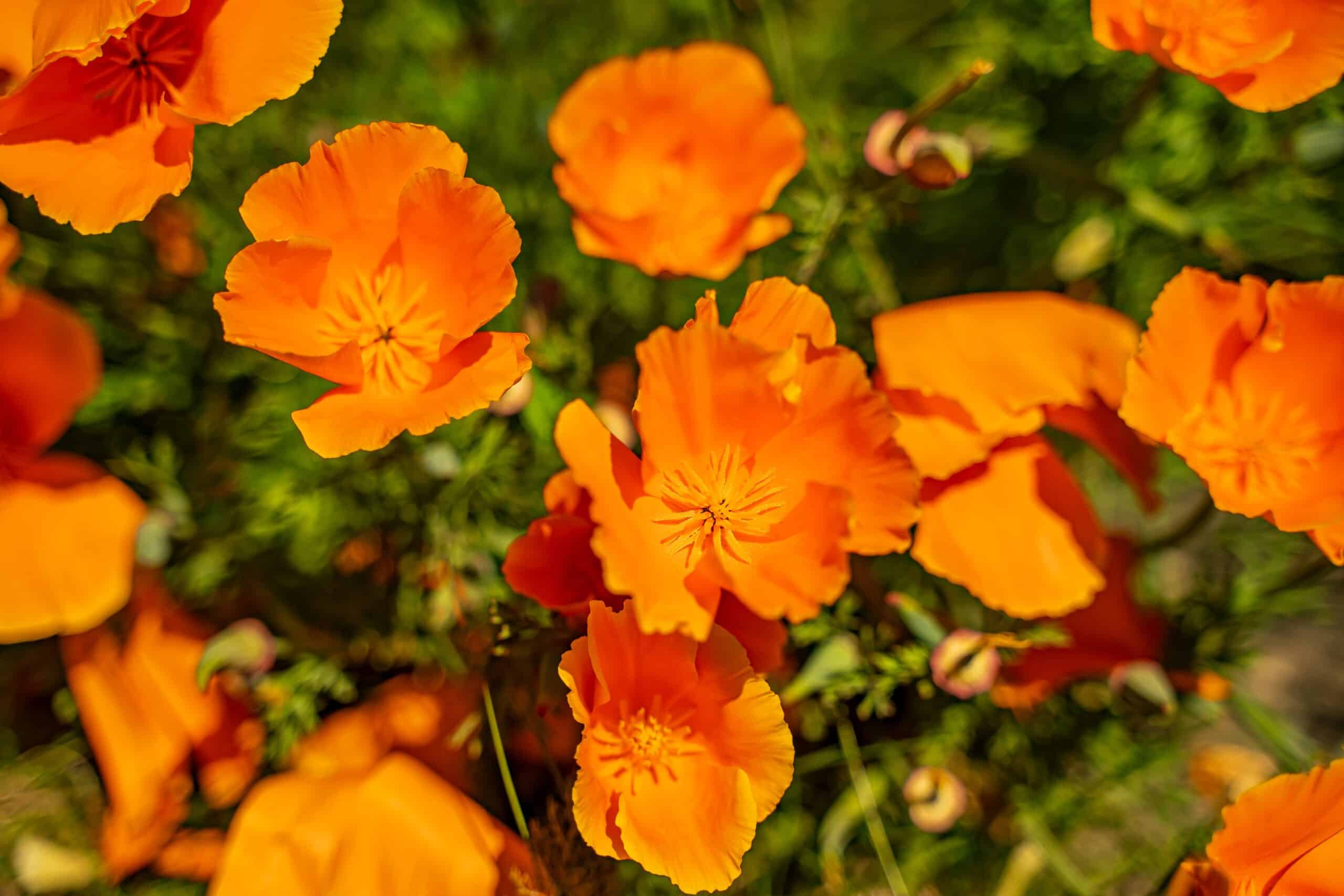
The California Poppy is an iconic wildflower that paints the landscapes of California with brilliant shades of orange and gold each spring. This hardy plant thrives in the dry, sandy soils of California’s grasslands, where it can be found growing in large, colorful patches. The flowers of the California Poppy are delicate and cup-shaped, with silky petals that close at night or in cloudy weather. This wildflower is not only beautiful but also ecologically important, providing food and habitat for a variety of pollinators. The California Poppy’s vibrant colors and its ability to thrive in harsh conditions make it one of the most stunning wildflowers in unexplored territories.
This article originally appeared on Rarest.org.
More from Rarest.org
In bustling metropolises around the world, there are hidden gems waiting to be discovered. These quaint neighborhoods, often overshadowed by their city’s more famous areas, offer a unique charm and character all their own. Read more.
Rare handwritten manuscripts represent the ultimate treasures in the world of literary collections. Read more.

Caves hold mysteries that span centuries, offering glimpses into the earth’s hidden treasures. From glowing caverns to ancient sanctuaries, these natural wonders tell stories of history, culture, and the environment. Read more.

